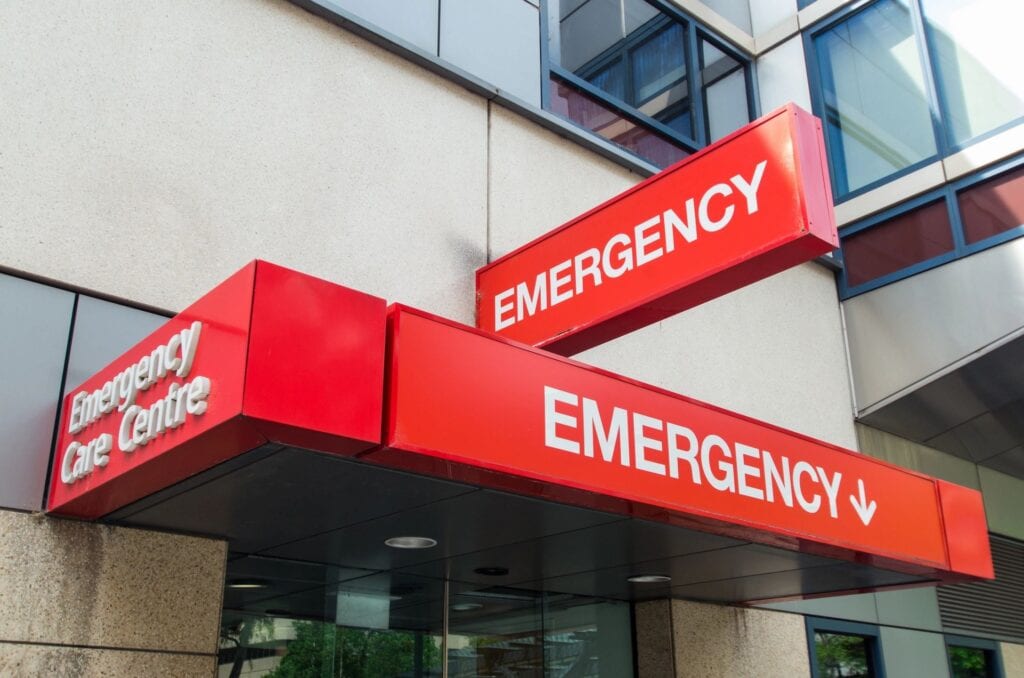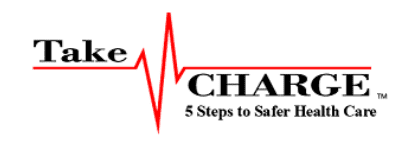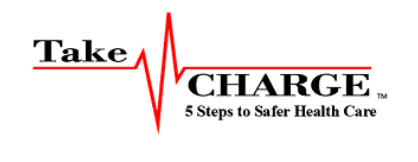This article was originally written for The National Patient Safety Foundation in 2014
Are Advance Directives a Patient Safety Issue?
Posted By Mark Alpert, Wednesday, April 16, 2014
Updated: Friday, June 06, 2014
Are advance directives, living wills, health care proxies, and do-not-resuscitate instructions patient safety issues? The P.S. Blog asked two patient safety experts to weigh in on this topic. Ilene Corina, president, PULSE of NY, writes from the patient and family perspective. Paul Gluck, MD, Associate Clinical Professor OB GYN, University of Miami Miller School of Medicine, writes about what clinicians need to know.
By Ilene Corina
Jerry sat at his friend Larry’s bedside knowing that Larry would die in the next few days, weeks, or months. No one seemed to know for sure what Larry’s future was. He was weakening from age and had been suffering from Alzheimer’s. At 80 years old, he’d had a good life, was well loved by family and friends, and until recently had lived independently with the help of Jerry, who had been hired two and a half years ago as a daily companion by family living in another state.

Now, however, Larry had suffered a stroke that affected his mind and body, and his family, in consultation with his physicians, had decided it was time to let him go peacefully.
Just months earlier Jerry—half Larry’s age—would look forward to visiting daily with Larry and listening to his stories of his younger days when he was in the army, then worked for a hotel chain. Together the men would visit friends and museums, followed by lunch at a local restaurant. Now Jerry wondered why Larry wasn’t even being given nourishment.
Jerry didn’t know if Larry had advance directives, but he knew that Larry’s son was his health care proxy and would be making the decisions for Larry when he couldn’t make them for himself. The doctors would speak to Jerry, and Jerry would relay information to the family. Keeping him alive wasn’t an option for the family. But Jerry didn’t feel that Larry was safe. Not having nourishment and being permitted to starve to death just didn’t feel right.
So the question is: are advance directives, living wills, health care proxies and DNR instructions patient safety issues?
The living will is not a new concept. Luis Kutner, a Chicago lawyer, is known for inventing the living will in 1930 so that critically ill patients could forgo artificial life-support. Kutner is also known as co-founder, in 1961, of Amnesty International, a global movement working for human rights.
Federal law requires most health care institutions to offer patients information about advance directives. But advance directives are still not widely used. A living will can prevent unwanted care, especially aggressive medical treatment at the end of life, and can help guide decisions about the way in which a patient would like to be treated if he or she loses the capacity to communicate.
Problems and Issues
But there could be problems with advance directives, such as patients nominating a loved one without ever really discussing the patient’s wishes with that person.
According to an article in the Annals of Internal Medicine, many proxies either do not know patients’ wishes or do not pursue those wishes effectively (Perkins 2007). Thus, unexpected problems arise often to defeat advance directives.
A living will may direct physicians to undertake no “aggressive” measures at the end of life or to treat a patient in a certain way when that patient is suffering from a “terminal” illness. This nonspecific language must be interpreted by the family and the medical team.
Living wills and advanced directives were widely discussed when the story of Karen Ann Quinlan made headlines in 1975. She had slipped into an irreversible coma. After making the decision to remove Karen Ann from life-support, the family had to petition the court. When the machines were finally removed, Karen Ann continued breathing on her own for nine years until she died from a pneumonia at the age of 31.
In the 1990s advanced directives were in the spotlight when 26-year-old Terry Schiavo fell into a coma following a cardio-respiratory arrest. Terry was put on a ventilator but was soon able to breathe on her own. She remained in a severely compromised neurological state and was provided a PEG tube to ensure the safe delivery of nourishment and hydration. In 1998 Terry’s husband, Michael, petitioned the state of Florida to remove her feeding tube—a decision that was challenged by her parents. On March 31, 2005, at 41, Terri Schiavo died of dehydration following more than 13 days without nutrition or hydration under Court order.
When patients, families, and medical professionals are asked about advance directives being a patient safety issue, there are mixed reviews.
Some patients and family members who were interviewed are quick to say they are. This can be because without a health care proxy or someone prepared to speak for the patients unable to speak for themselves, both patients and families may feel unsafe. Who will, after all, make sure patients are getting the best care possible?
Others feel it is an ethical concern or a patient’s rights issue, but not about safety.
When asked if advance directives are a patient safety issue, Gary Kaplan, MD, chairman and chief executive officer of Virginia Mason Hospital and Medical Center, said, “Yes….safety is about avoiding harm. This requires appropriate care. Appropriate care is respectful, cognizant of, and fulfilling of patients’ wishes. This would include end-of-life care, living wills, etcetera.”
Promoting the Discussion
The Conversation Project, developed in collaboration with the Institute for Healthcare Improvement (IHI) seeks to encourage and support people in expressing their end-of-life wishes for care. The Conversation Project does not promote a particular position, but instead, believes that patients and their families must be engaged in the decision-making.
Maureen Bisognano, president and chief executive officer of IHI, was asked about her thoughts on whether advance directives are a patient safety concern. She replied, “Yes, I’d consider them a safety issue. If [advance directives are] not transmitted to the providers, or not adhered to, care that is unwanted or unneeded may be delivered.”
Now in its seventh year, National Healthcare Decisions Day (www.nhdd.org) “exists to inspire, educate and empower the public and providers about the importance of advanced care planning. National Healthcare Decisions Day is an initiative to encourage patients to express their wishes regarding health care, and for providers and facilities to respect those wishes, whatever they may be.”
NHDD is celebrated on April 16 of each year. Nathan A. Kottkamp, chair of the National Healthcare Decisions Day initiative explains, “If a patient really doesn’t want to have chest compressions in the event of cardiac arrest and receives them anyway, thus breaking ribs and increasing pain, it would be a safety issue.”
Jim Conway, adjunct faculty, Harvard School of Public Health, explains his opinion: “The IOM in the Chasm report (IOM 2001) defines patient safety as ‘the prevention of harm to patients.’ AHRQ has defined the prevention of harm as ‘freedom from accidental or preventable injuries produced by medical care.’ So yes, I can easily imagine the failure to honor a patient’s advance directive as a patient safety event.”
The Long Island Patient Safety Advisory Council which began as part of my NPSF-AHA Patient Safety Leadership Fellowship training, focuses on patient safety education in the community. One of the focuses was having people discuss their advance directives. Recognizing that it is not an “old person’s” issue, the council worked with Hospice Care Network on Long Island and Nassau County Youth Board to develop information appropriate for everyone. There is now a brochure called Advanced Directives and Speaking to Young People. LIPSAC has partnered with Momma’s House on Long Island, and we talk to young mothers about advance directive and help them fill them out.
The National Patient Safety Foundation defines patient safety as the “avoidance and prevention of adverse outcomes or injuries stemming from the processes of health care.”
So we must ask ourselves: if there is no injury from not having an advance directive, is it a patient safety concern? Or is patient safety only an issue after a patient is harmed? ## Ilene Corina is the president and founder of Pulse Center for Patient Safety Education & Advocacy a nonprofit, community based patient safety and advocacy organization. She can be reached at icorina@pulsecenterforpatientsafety.org or call (516) 579-4711 learn more at www.icorina.com or visit www.PulseCenterForPatientSafety.org

